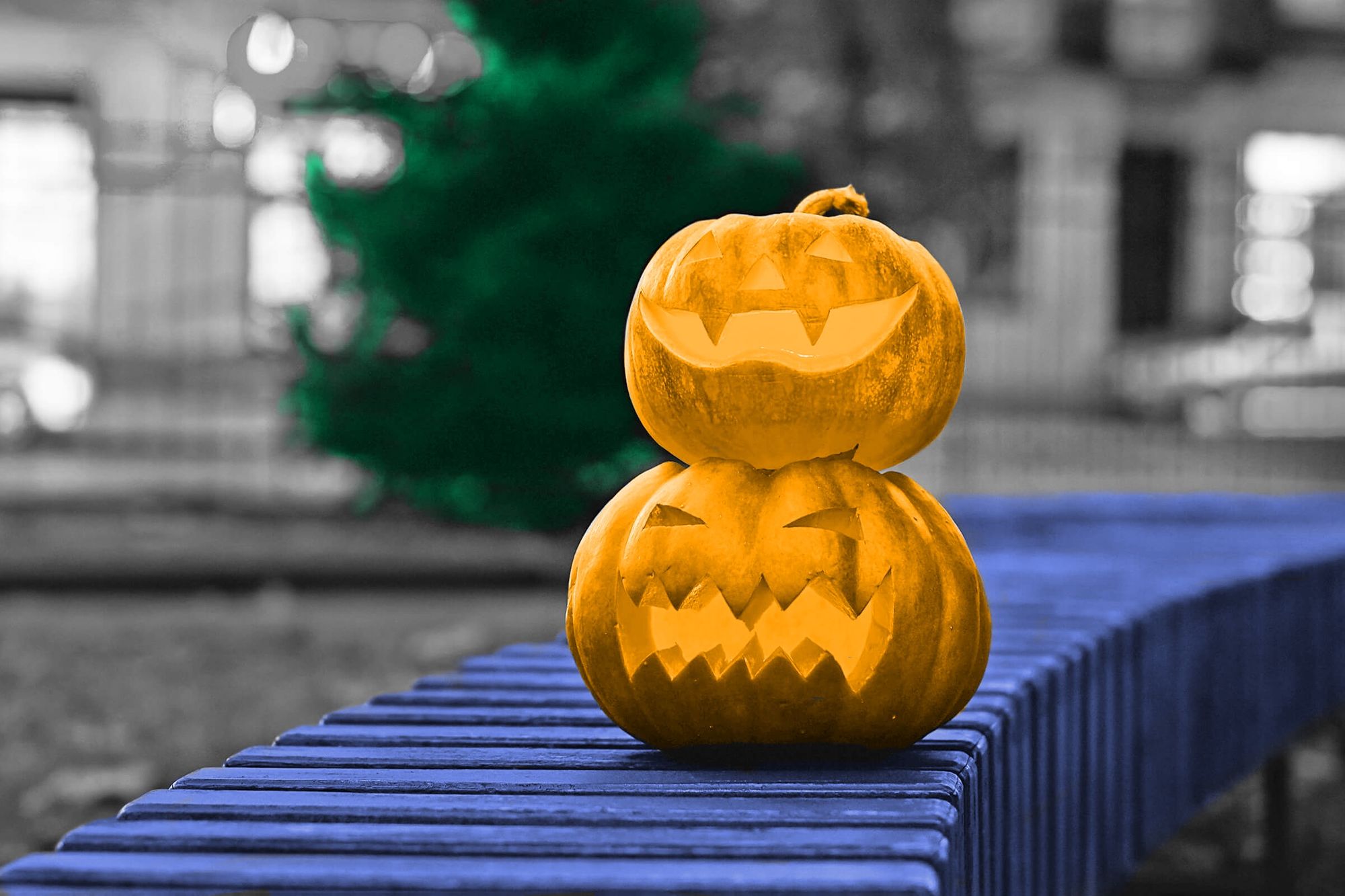

Halloween may be the most well-known holiday in October, but the day before — October 30 — has a not-so-friendly history of its own. While most cities in the U.S. no longer acknowledge it, the aptly-named Mischief Night used to be a much-anticipated evening of mayhem and stunts perpetrated by children and teenagers, who used the night as a one-time pass to prank neighbors, teachers, and the unsuspecting. Here’s how the weird and mischievous holiday got started.
Mischief Night Was Once a Spring Holiday

Mischief Night now has an ominous connotation, and in most regions it’s seen as an extension of Halloween. After all, the idea of perpetrating scares and committing pranks fits well with the long, dark nights of fall. But interestingly, Mischief Night wasn’t always an autumn holiday. Commonly celebrated in England, Ireland, and Scotland in centuries past, Mischief Night was once part of the festivities welcoming spring. Originally, May Day Eve (aka April 30) was a night when children bid the winter months goodbye with hijinks and devilment.
Over the years, Mischief Night slowly slid down the calendar to fall, often celebrated around Guy Fawkes Day on November 5, which just so happens to fall around the same time as the Celtic Samhain (the inspiration behind Halloween). For some time, Mischief Nights appeared twice a year, in spring and fall, before eventually becoming a solely autumnal celebration — and with good reason: The longer nights gave more time for shenanigans compared to the shrinking evening hours that come with the vernal equinox. Around the early 1900s, the holiday was an acknowledged part of fall celebrations.
It Was a Socially Acceptable Way to Blow Off Steam

By some accounts, Mischief Night as we know it today emerged around 1790 in Oxford, England, where students became known for annual tricks like pulling out fence posts, tipping over horse-drawn carts, and greasing door knobs with lard. However, some historians believe (thanks to recorded accounts of the time) that Mischief Night likely had been going on for some years already by the end of the 18th century, considering the antics were received mildly and already considered an annoying tradition at that date.
Irish and Scottish immigrants fleeing famine in the 1840s brought much of their Halloween celebration to America, including the Mischief Night tradition. While related, the two harvesttime events were separate, with the prank-filled night often called “Devil’s Night.” As the festivities spread, more young Americans began to participate in what they considered mild horseplay: tipping over outhouses, stealing gates, and disassembling wagons to be reconstructed inside of school classrooms.
Some communities may have viewed the night as an acceptable way for children and teenagers to temporarily let loose from the rigid rules of society, even going so far as to overlook more dangerous pranks, like arson. Mischief Night’s popularity in some U.S. cities is attributed to the same idea — when the holiday rose to prominence in the 1930s and ’40s, Americans were facing the stresses of the Great Depression and World War II. Some historians believe it makes sense that one night of cold weather capers could help reduce tension, however briefly, during trying times.
Mischief Night Mayhem Goes By Different Names

The antics on October 30 even developed their own regional names. Vermont and New Hampshire’s version of the holiday was “Cabbage Night,” likely named for the use of rotten cabbages as projectiles. With the cruciferous vegetables cultivated in abundance in the Northeast’s cooler climate, cabbages that had grown old and rotten were on hand to fling at houses and humans, a prank recorded as early as 1861.
In some cases, mischief was a two-night process that targeted stingy neighbors. In cities such as Washington, D.C., Columbus, Ohio, and Des Moines, Iowa, the night before Halloween was dubbed “Beggars’ Night,” as costumed children roamed from doorstep to doorstep demanding food and treats. Demanding children issued a warning: Any home that didn’t hand out candy or other goods would be pranked on Halloween with simple retributions like stink-bombed porches or missing yard furniture.
But in New Jersey and Pennsylvania, where Mischief Night is still often celebrated by toilet-papering homes and launching eggs at unsuspecting targets, the original name remains.
Many Mischief Night Celebrations Have Been Snuffed Out

Some of the earliest American Halloween-time gags were relatively benign; in the 1880s, pranksters were known to paint church pews with molasses or tie together doorknobs, trapping people in their homes. In most cases, rural farm communities overlooked the mayhem as nothing more than a rite of passage. But as more families moved from close-knit communities to larger cities, pranks became targeted less at neighbors and often included unsuspecting passersby, sometimes causing injury or substantial property damage. By the 1970s, some cities began pushing back against the increasingly destructive pranks and vandalism that occurred in the days leading up to Halloween and specifically on October 30.
The reputation for Mischief Night only worsened in the 1980s, when cities such as Detroit and Camden, New Jersey, began to fear the date as one that annually brought danger. Residents in these cities were on high alert from the holiday’s intense rowdiness, which often included arson; in 1994, the week of Devil’s Night and Halloween included 354 fires in Detroit. In the years since, both cities — and other regions that still see the tradition each fall — have instituted curfews and neighborhood watch groups that patrol their communities to snuff out dangerous behavior, successfully reducing the holiday’s madness, and instead championing the sweeter side of Halloween.
